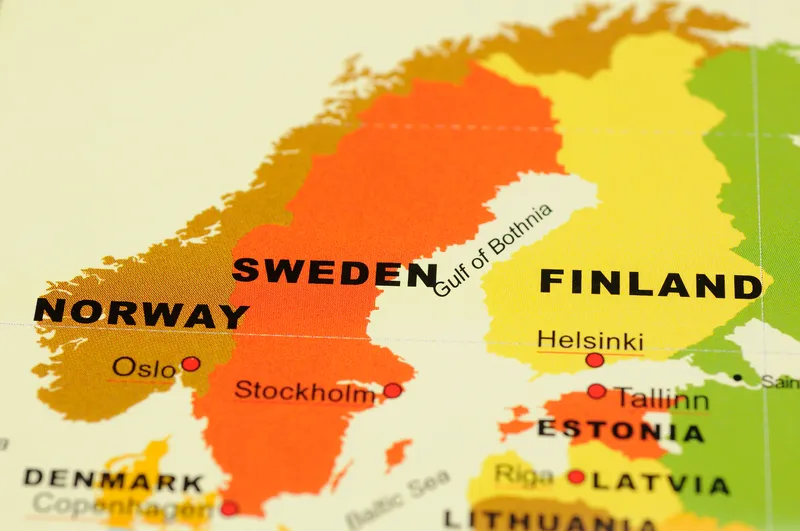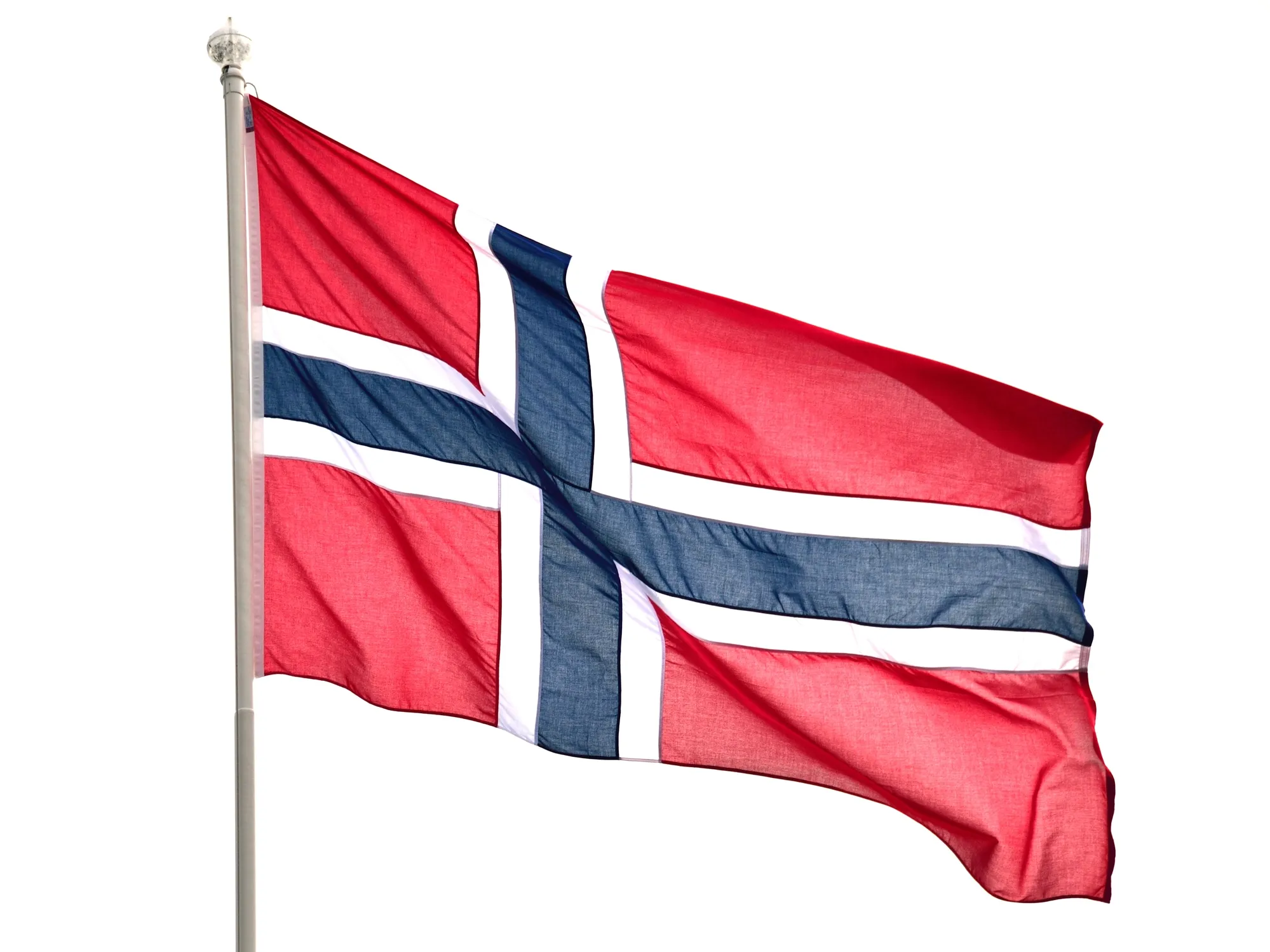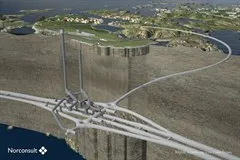Frost-heaving continues to be a problem on Norwegian roads despite the introduction of tougher regulations for building and frost securing over the last 20-30 years. An expert group at the Norwegian Public Roads Administration (Statens Vegvesen) has reviewed the problem and concluded that lacking technical competence among road builders and those controlling construction is the main problem. Norway’s Directorate of Public Roads (Vegdirektoratet) admits that there are problems with the lack of competence but
May 8, 2012
Read time: 1 min
Frost-heaving continues to be a problem on Norwegian roads despite the introduction of tougher regulations for building and frost securing over the last 20-30 years. An expert group at the Norwegian Public Roads Administration (1208 Statens Vegvesen) has reviewed the problem and concluded that lacking technical competence among road builders and those controlling construction is the main problem. Norway’s Directorate of Public Roads (Vegdirektoratet) admits that there are problems with the lack of competence but says measures are being taken to make improvements. These include more collaboration with universities and internal training. Highway E18 between Krosby and Knapstad, E16 between Wøyen and Bjørum and a section of trunk road 2 are among those most affected by frost-heaving.








